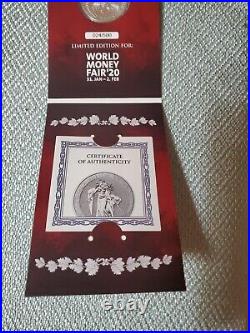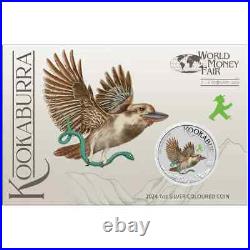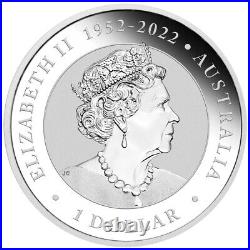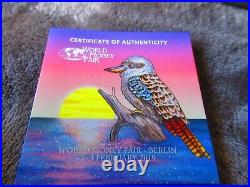



Made of pure 0.9999 silver, this uncirculated coin features the image of Germania, the personification of Germany, on its obverse side. With only 500 pieces minted, this rare coin comes with a certificate of authenticity (COA) for added value. The coin’s denomination, historical period, composition, color, fineness, grade, KM number, country/region of manufacture, and modification status are all meticulously detailed in the product aspects. Add this exquisite piece of German numismatic history to your collection today.















































































